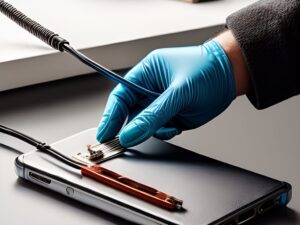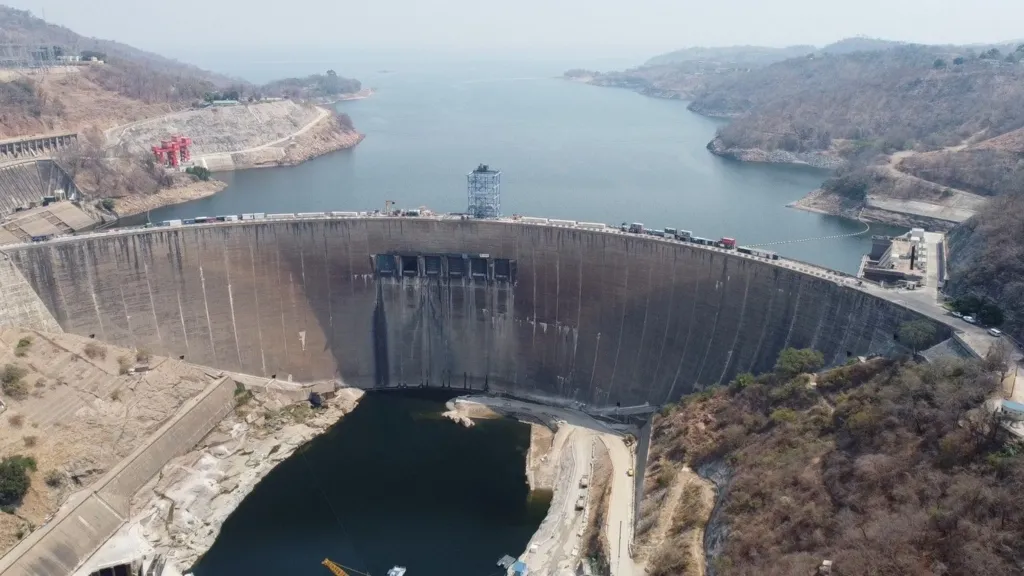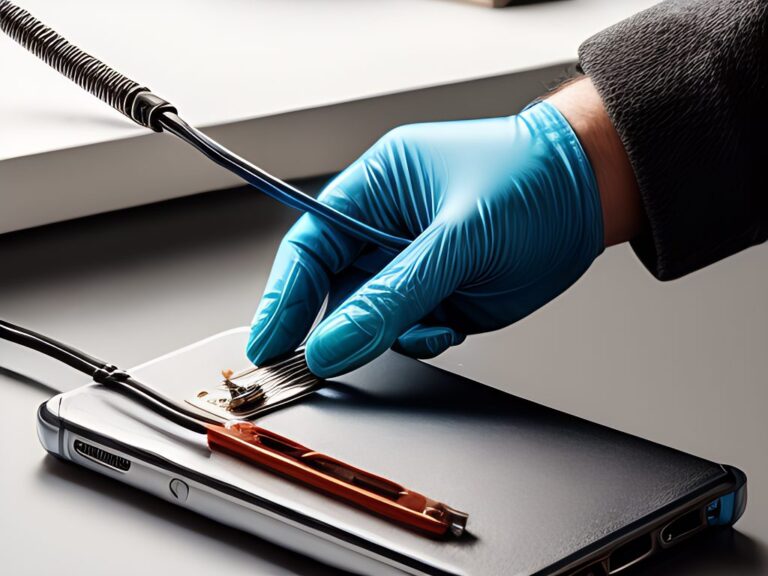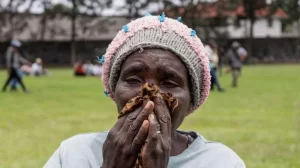Even with the enormous hydroelectric Kariba Dam and the powerful Zambezi River, Zambia is currently experiencing the worst power outages in recorded history. The situation is so bad that people consider themselves fortunate if the lights come on for an hour or two in cities and towns across the nation that occasionally go without power for three days in a row. The power cuts have come as a shock to the 43% of Zambians who are connected to the grid and have taken electricity for granted all their lives.
However, the El Niño weather pattern has led to one of the worst droughts in decades, which has completely destroyed Zambia’s ability to generate electricity. These days, when I visit pubs and restaurants, I occasionally see individuals there only to charge their phones amidst the loud roar of generators, not to dine or drink. Another lucrative industry is that of persons charging the phones of the unpowered. Zambia sources up to 84% of its electricity from water reservoirs such as lakes and rivers, while only 13% comes from coal. Contributions from solar, diesel, and heavy fuel oil are even lower, accounting for 3%.
The problem was made worse for a few weeks while Maamba Energy, the nation’s sole coal-fired power plant, was undergoing routine maintenance and could not run at full capacity. When Minister of Energy Makozo Chikote announced on Wednesday that the plant was now fully operational and that Zambians will have access to electricity for at least three hours each day, there was finally some good news. Zambia is primarily dependent on the Kariba Dam for its electricity; thus, even though President Hakainde Hichilema proclaimed the drought a national catastrophe in February, the administration has not been able to resolve the energy situation.
A spokesman for state-owned power utility Zesco, Matongo Maumbi, told the BBC’s Focus on Africa podcast that electricity was being imported from Mozambique and South Africa to ease the crisis, especially in the mining industry – Zambia’s main export earner and source of foreign currency. However, a financial crunch also severely restricted the government’s ability to import power as suppliers wanted payment upfront. Situated on the Zambezi, Africa’s fourth-longest river, Kariba was constructed in the 1950s and serves as the reservoir for Kariba North Bank Power Station, the nation’s largest subterranean power plant. Zimbabwe is supplied by a power plant on the opposite bank.
However, only one of the six turbines at Zambia’s power station is in operation due to the drought that has caused parts of the river to dry up. As a result, only a pitiful 7% of the 1,080 MW built at Kariba are generated. The dam confines the water of the Zambezi with a curved wall that is 128m (420ft) high, 579m (1,900ft) long and 21m (69ft) thick. Water levels at Kariba have never been this low, according to engineer Cephas Museba, a 19-year employee of Zesco.
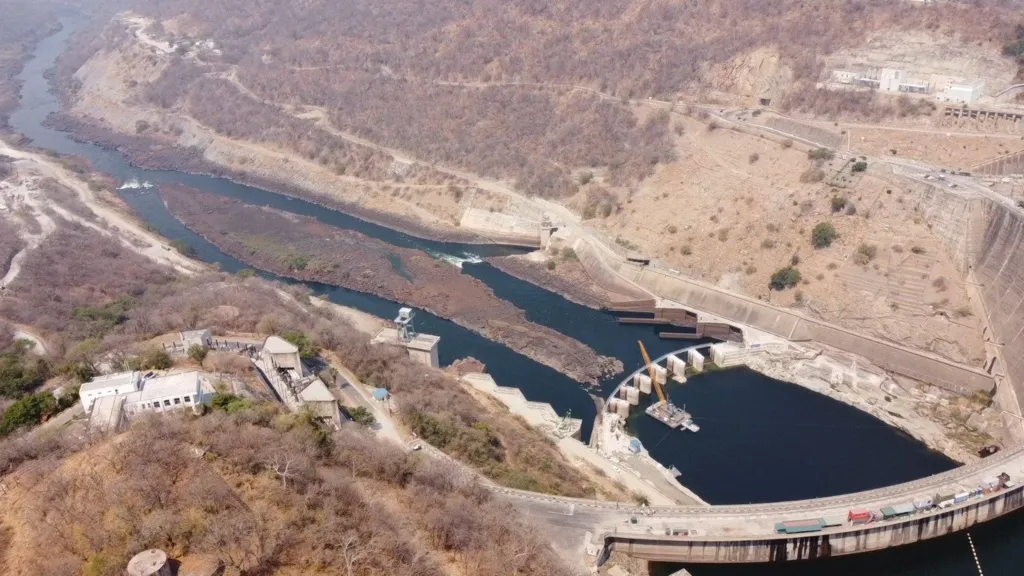
“I believe the rains ceased coming as early as February. Rain is predicted until April. This is the lowest we have got in this basin’s history, he informed me. It has set off an electrical crisis that is felt in every house and place of business. Some businesses are cutting workers and operating with fewer hours. It can even be challenging to acquire bread, since bakeries are finding it too costly to run their generators; therefore, they are producing fewer loaves.
Although large generators have thankfully been put by the government in a few marketplaces, government buildings, and hospitals, social media users are still sharing accounts of renal patients’ difficulties coping. Some patients require a three-hour daily dialysis machine connection; however, power is only restored for an hour or two, and occasionally beyond midnight. Other times, there is a complete 72-hour blackout of electricity. On those days, I do not wear an ironed shirt that has wrinkles from washing; instead, I wear my same outfit as the day before.
For everyone, life has gotten harder. Recently, I woke up to see blood dripping from beneath the refrigerator and an unpleasant odor. Our German Shepherd dog, who is currently the happiest part of our family, had to receive all of the meat we had purchased because it had gone bad.
The other day I bought relish from a store, but when I opened the packet at the dinner table, I found that it was additional food for our dog. The cost of living problem has made my already tight food budget considerably tighter. It is not possible to purchase perishable goods in large quantities at a lower cost because they will eventually decompose. The government has been promoting the use of solar energy in households and businesses and has eliminated import duties on solar equipment to lower the cost of purchase.
However, some claim that their solar panels do not produce enough electricity during periods of low sunshine because they can not afford to add more panels. Most Zambians are completely unable to buy solar panels. Now, many households have turned to cooking and heating water on portable gas stoves – but retailers have been running out of gas too because of heavy demand. They therefore purchase charcoal to cook and heat water out of desperation and because it is less expensive, even though it has a detrimental effect on the ecology and the climate.
The boreholes that middle-class households have drilled on their properties have also been impacted by the electrical problem. Homes no longer have a steady supply of water since boreholes rely on energy and solar-powered pumps, which makes it hard to even flush the toilet. In some schools, children are urged to consume five liters of water each day to prevent the chance of a sanitation crisis and the outbreak of waterborne diseases like cholera, which ravaged the country at the start of the year.
These days, a lot of families fill bathtubs or buckets with water in the hopes that it will last until the lights come back on and the toilets can be flushed. Zambians are upset and frustrated about all of this. They note that the blackouts demonstrate how previous administrations have failed to prepare ahead of time, something that President Hichilema’s administration has now promised to accomplish.
However, coal is also a part of Zambia’s energy mix; green energy is not its main priority. Only the second coal-fired power station in the nation was permitted for construction in July by the energy regulator. Although coal is the dirtiest fossil fuel and releases the most greenhouse gases when burned, the government believes that moving forward is the only way to prevent a situation like this one in the future.

